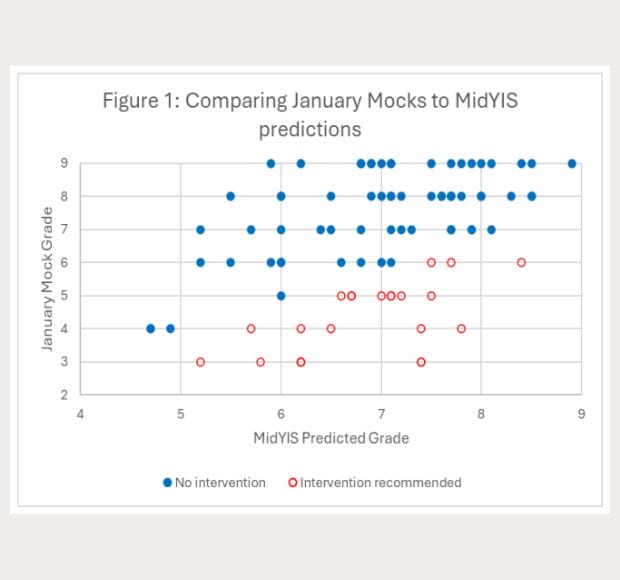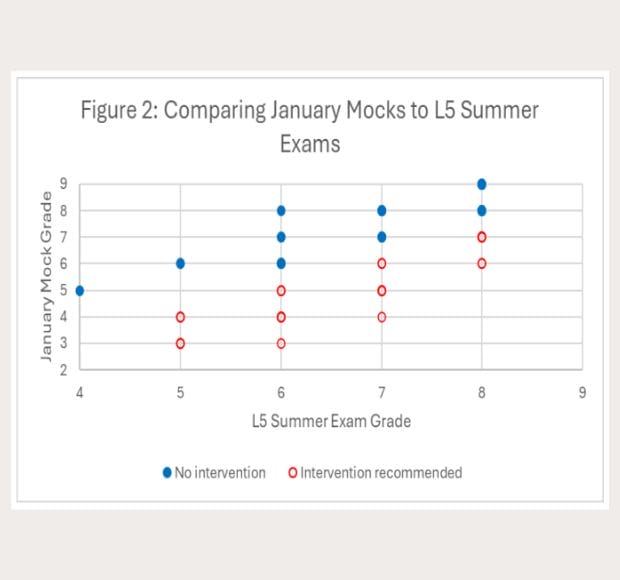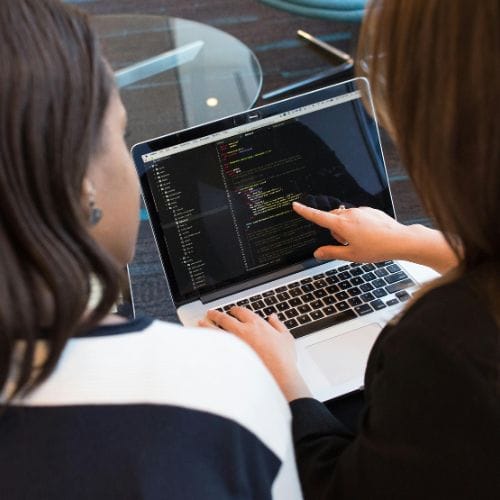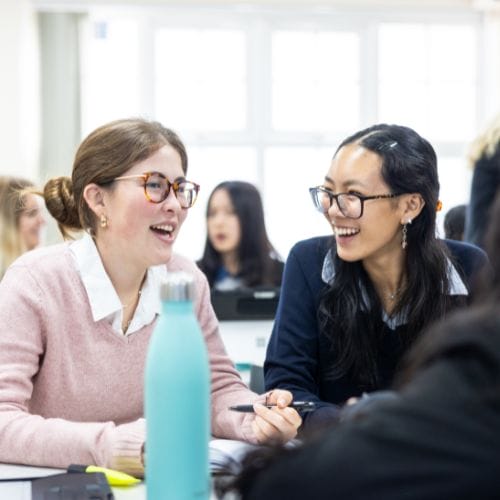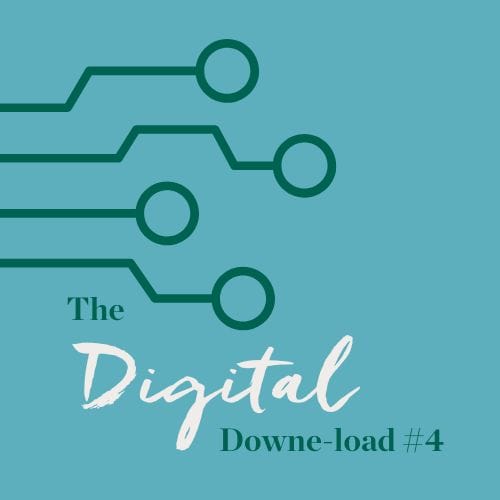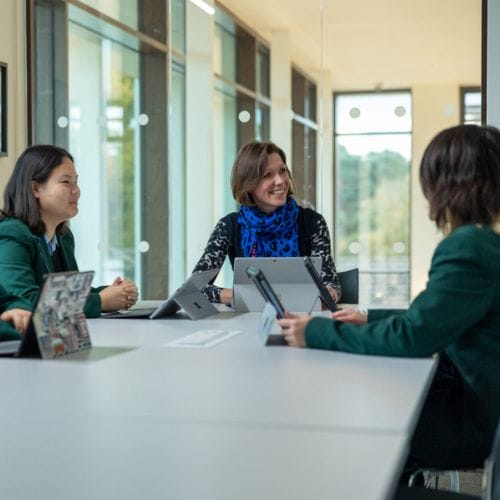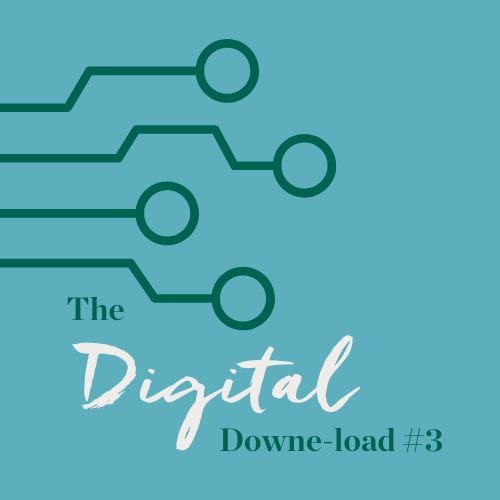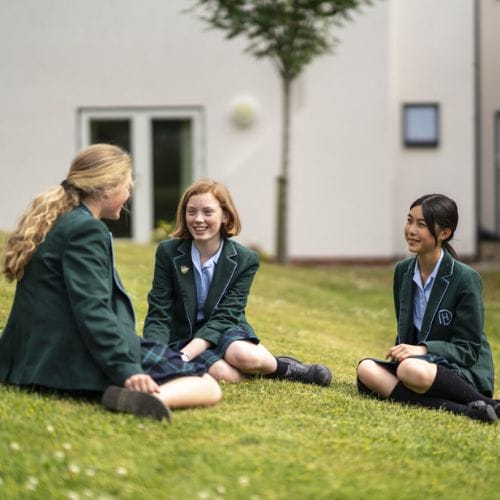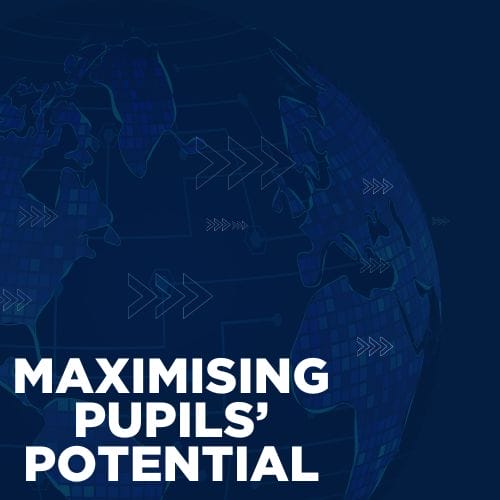
Academic interventions in Physics
Study sessions, mentoring, clinics, and action plans all form essential parts of academic life at Downe House, providing extra support to those girls who, for whatever reason, are currently underperforming in a subject. These strategies are collectively known as academic interventions and they are purposeful, targeted work packages, designed to give a lending hand to bring the girls back on track.
How teachers select whom is to be given an academic intervention can be a difficult question. Historically in Physics we have used a teacher-led approach, where each teacher is asked which of their pupils they think will need an intervention. After all, the teachers know their pupils best so they should have a well-informed idea. This was then cross-referenced against MidYIS data to help judge whether an intervention would be likely to lead to significant improvement.
Whilst the historical method has arguably worked quite well, there is a question of fairness. On the whole, we would imagine that a girl requiring intervention would be identified as such regardless of her teacher. However, this cannot be guaranteed.
With the above in mind, this year we tried something different. Rather than depending primarily on teacher knowledge, we have switched the order to use data first and then teachers. In the first step, we use pupil data to generate a list of girls perhaps needing intervention. In the second step, we use individual teacher knowledge to confirm the names on the list that was generated from the first step.
Using a date-driven approach
The data-driven approach has two aspects:
Forward-looking, where we compare the girls ‘now’ to their predictions for the final exams, allowing for the fact we expect some further growth. An example of this is shown in Figure 1, which compares data for an anonymised Upper Fifth (UV) from their January Mock grades and their MidYIS predictions. In this example, we have assumed that the girls’ grades will increase by a further 1.0 between January and the GCSEs, so a girl currently scoring 1.5 grades or more below their predicted grade is highlighted as requiring intervention.
Why do we choose to compare Mock data to MidYIS predictions? Pragmatically, it is readily available. Why do we choose a grade uplift of 1.0 between Upper Fifth (UV) January Mocks and GCSEs? This is the ‘best case’ whole-year average performance from recent years, but there is an argument that we should use the ‘average case best.’
Backward-looking, where we compare the girls ‘now’ to their most recent previous exams. The data from our sample year is shown in Figure 2, where we have identified girls perhaps needing intervention as those scoring less in the Upper Fifth (UV) Mocks than in the Lower Fifth (LV) summer exams.
Using teacher knowledge
The data-driven approach provides two lists of girls requiring intervention: those that were identified by the comparison to future predictions and those that were identified by the comparison to previous exams. The lists are then circulated to the relevant Physics teachers to confirm the names and add any others. This allows teachers to use their knowledge of the specific girls to highlight, for example, extraordinary circumstances which should be taken into account, and the list is altered accordingly.
Observations of our new approach to date and where we are going next
Our new approach has identified 28 pupils in Upper Fifth this year as requiring intervention, which is significantly more than we have identified in recent years, so our new approach has clearly made a difference. We will have to wait and see whether the GCSE grades will be correlated with this extra support, but from speaking with several of the girls on the intervention, they all said that they found it valuable.
Moving forwards, the system is not yet complete. Questions exist over how much uplift to expect at various stages of a ‘standard’ trajectory, whether to include value added? Or whether girls following non-standard trajectories are accurately identified. We are also keen to explore how grade uplift over the final year of the course varies between pupils at different levels of attainment.
We want the very best for the girls and we want to ensure clear strategies are in place to provide additional support where it is needed.
‘Spotlight on the Physics Department and How They Support Students’ by Matt Rivers and James Seddon, published in The Enquiry: Issue 8.
The Enquiry is a staff journal dedicated to reflections on educational research, and teaching and learning at Downe House School. Issue 8 was published in July 2024, looking back at Lent term 2024.
All previous issues can be found here: The Enquiry by downehouseschool Stack – Issuu.
